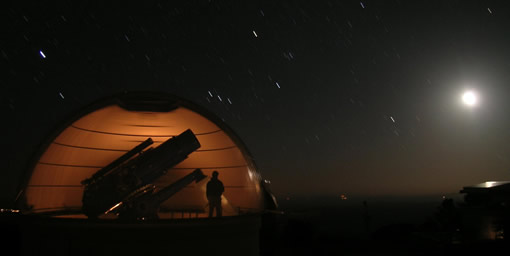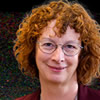
"It's the little telescope that could," declares Chris Mihos of the Burrell Schmidt telescope, located at Kitt Peak National Observatory in Arizona. Although the telescope will turn 70 in 2011, and although its 24-inch aperture and 36-inch mirror are now considered modest, it is a pioneer in intergalactic research.
The largest of its type when built by Warner & Swasey Corp. in 1941, the Burrell Schmidt telescope, with its special wide-field design, can image large portions of the Virgo Cluster at once. Originally mounted on Taylor Road in Cleveland, it was later moved to Chardon, Ohio, but neither site proved suitable for astronomical observation. To escape city lights and thick clouds, the telescope was moved in 1979 to Kitt Peak, above 7,000 feet, where it now enjoys some of the darkest, clearest, steadiest nights in the U.S.
Still, the “little telescope” required significant modification to meet Mihos’s research needs. The modification was possible, he says, "thanks to the ingenuity of our observatory manager, Paul Harding. He's our Schmidt whisperer!" Harding has also made important scientific and technical contributions to the Sloan Digital Sky Survey, for which he was honored as a survey “Architect” this fall.

In addition, several of Mihos's current and former students have done heavy lifting in the research. Craig Rudick PhD ’10 figured out how to measure and represent the colors of the star streams in the Virgo Cluster; Steven Janowiecki ’08 collected extensive data with the telescope and analyzed it afterwards; Colin Slater ’09 improved the images of the Virgo Cluster by developing techniques to remove unwanted reflections of light from foreground stars in the Milky Way.
"The project takes six solid weeks of observing time every year," Mihos says. "There is no way we could get that amount of time on a national telescope. But it shows what fantastic cutting-edge research can be done by smaller, older instruments."
